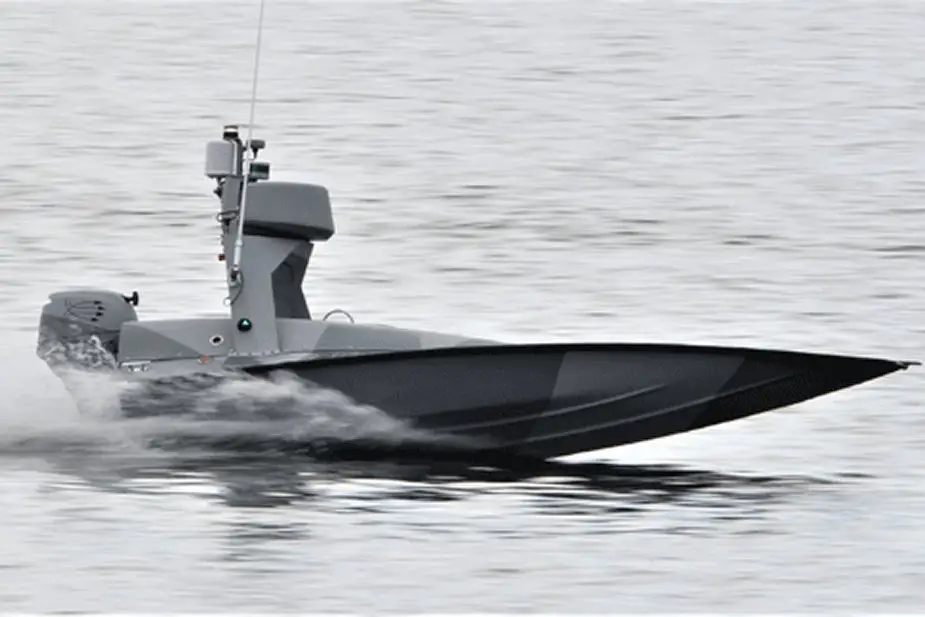Breaking news
European Union closes OCEAN 2020 project with success.
According to information published by European Defense Agency on October 27, 2021, the major collaborative defense research (R&T) project, launched under the European Commission’s Preparatory Action on Defence Research (PADR) and implemented by the European Defence Agency (EDA), came to a close end of October.
Follow Navy Recognition on Google News at this link
 Piraya Unmanned Surface Vessel (Picture source: OCEAN 2020)
Piraya Unmanned Surface Vessel (Picture source: OCEAN 2020)
The results of the projects - OCEAN 2020 –will contribute significantly to enhancing European Member States’ defence capabilities in two important domains: maritime situational awareness and soldier protection.
The OCEAN 2020 (Open Cooperation for European mAritime awareNess) project, launched in 2018 and co-funded by the EU with €35.48 million, achieved its main objective which was to demonstrate enhanced situational awareness in a maritime environment through the integration of legacy and new technologies for unmanned systems, ISTAR (intelligence, surveillance, target acquisition, reconnaissance) payloads and effectors, by pulling together the technical specialists in the maritime domain covering the ‘observing, orienting, deciding and acting’ operational tasks.
As the biggest of all PADR projects with no less than 43 entities from 15 European countries involved, OCEAN 2020 also successfully addressed the problems of integrating EU systems and individual organizations into a coherent framework to increase cost-effectiveness and interoperability for joint missions.
The variety of assets involved in the project highlighted how a global integration of multi-domain unmanned systems in an operational task force can provide a force multiplier.
The project implementation culminated in two major demonstrations in the Mediterranean (November 2019) and the Baltic seas (2021).
The Second Baltic Sea Demonstration tested how the information collected from the assets deployed in the area of operations can be integrated to create a Recognised Maritime Picture (RMP).
The execution of two scenarios was based on the utilization of the twelve different unmanned systems that proved their capacity of patrolling, detection, identification, and classification of threats thanks to the information acquired by different types of sensors. Some unmanned systems were deployed for patrolling and threat detection, while others tracked the threat up to interception and dissuasion.
Piraya is an unmanned surface vehicle for surveillance and reconnaissance. It has a robust and proven design and an extremely low logistics footprint.


























